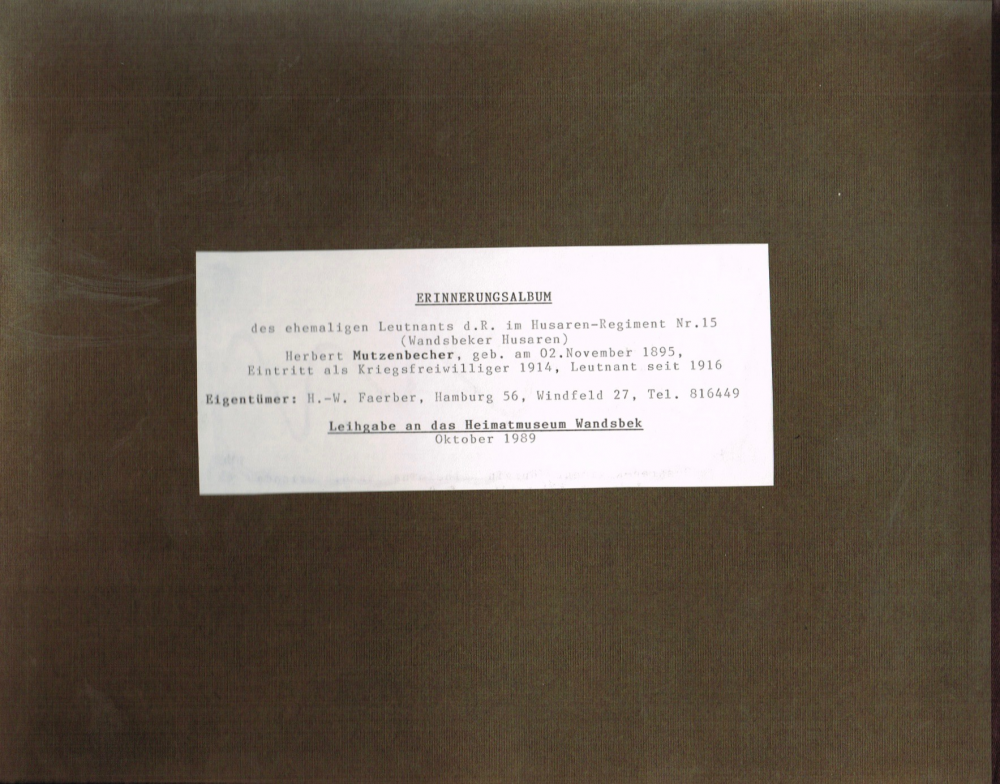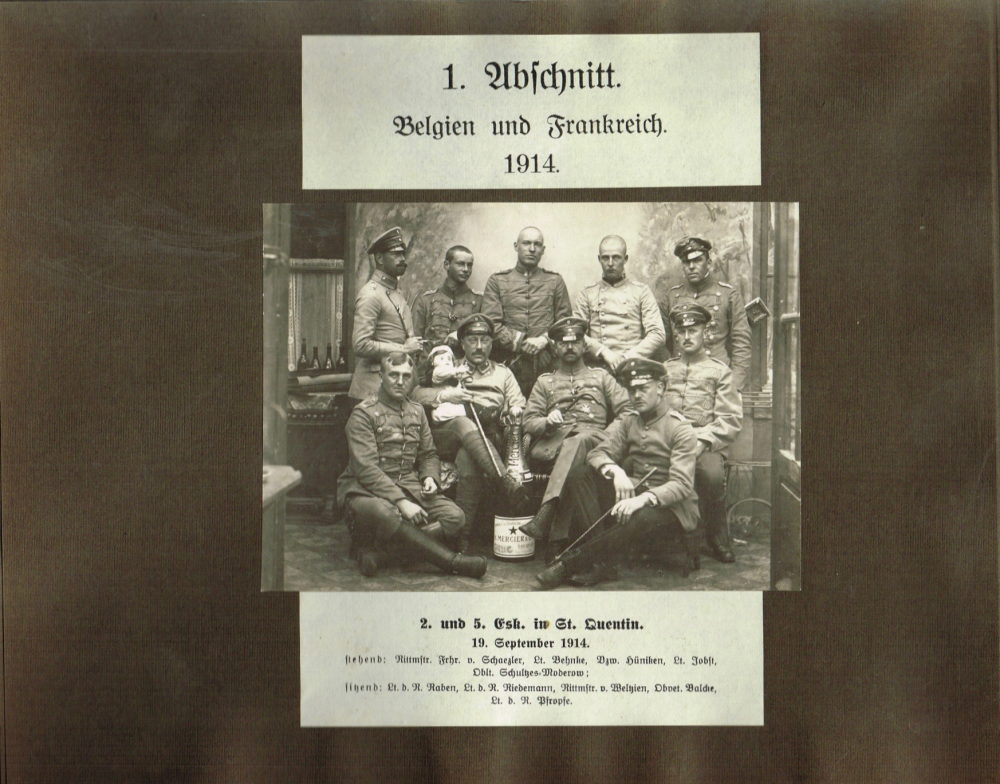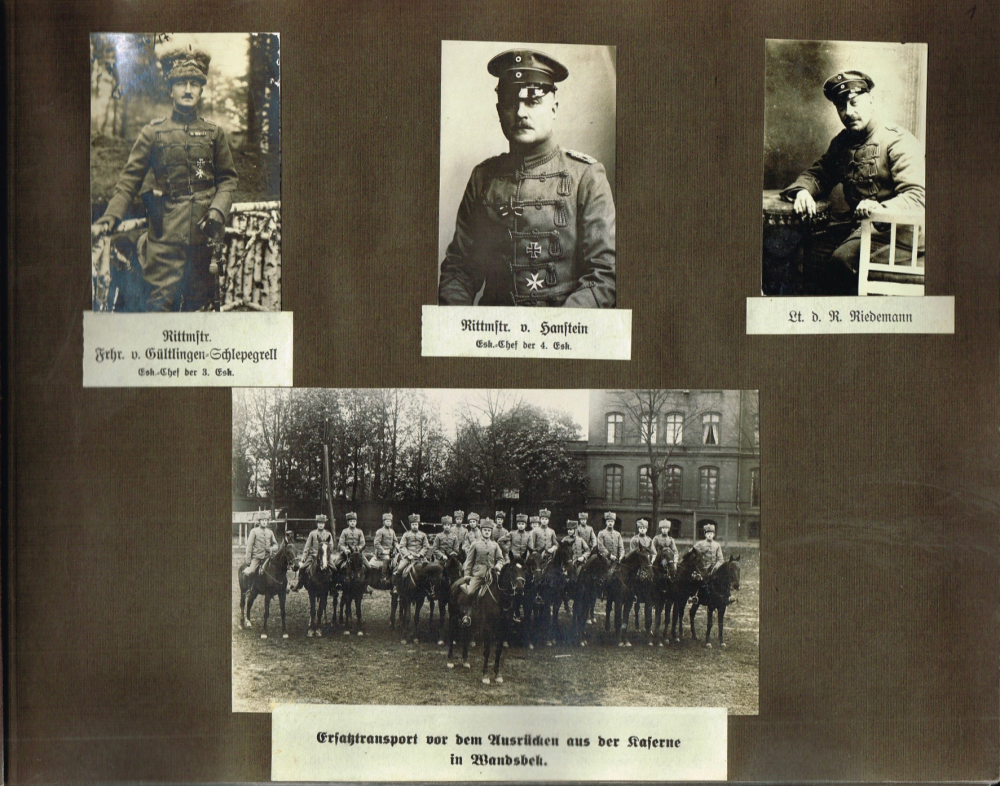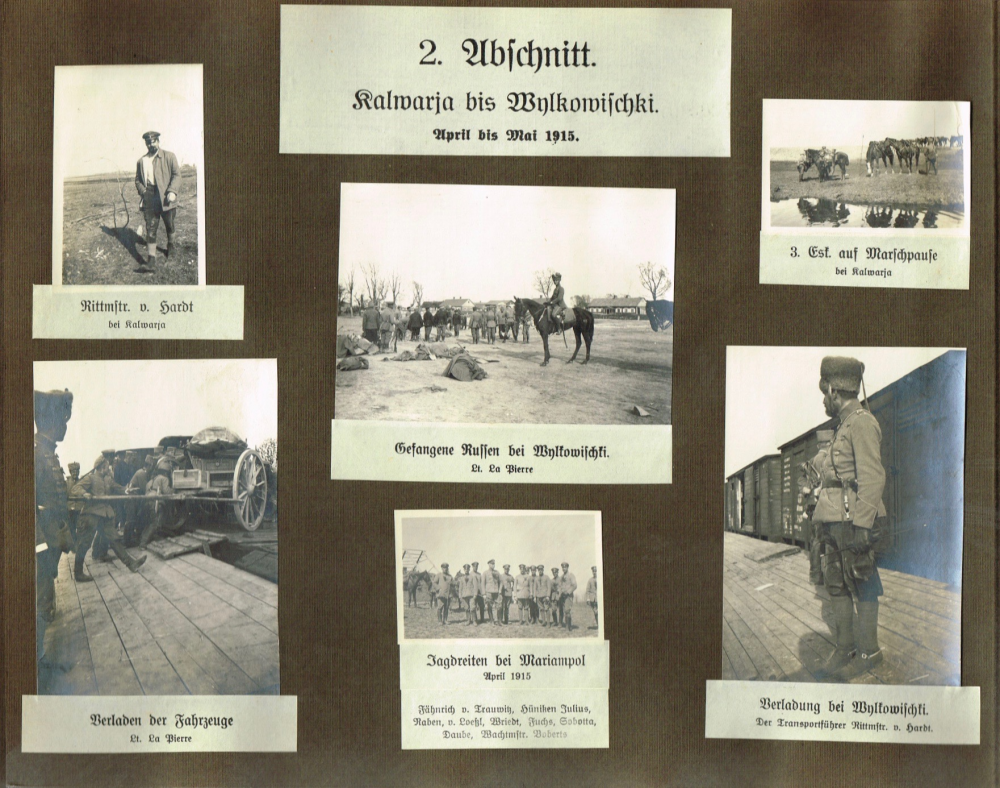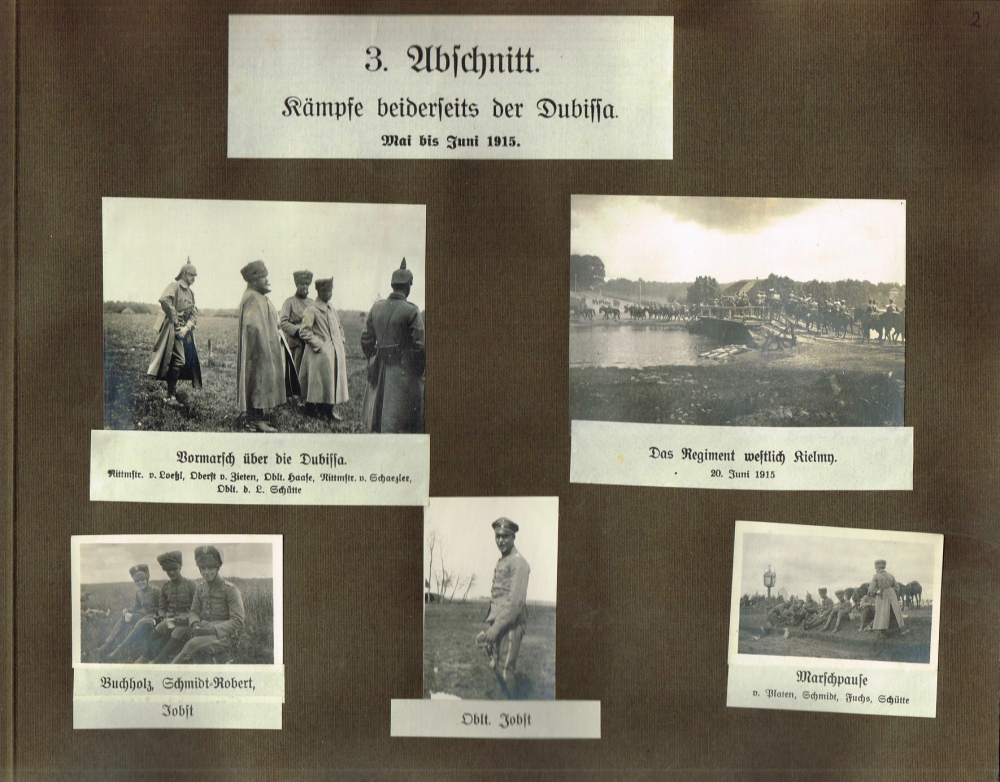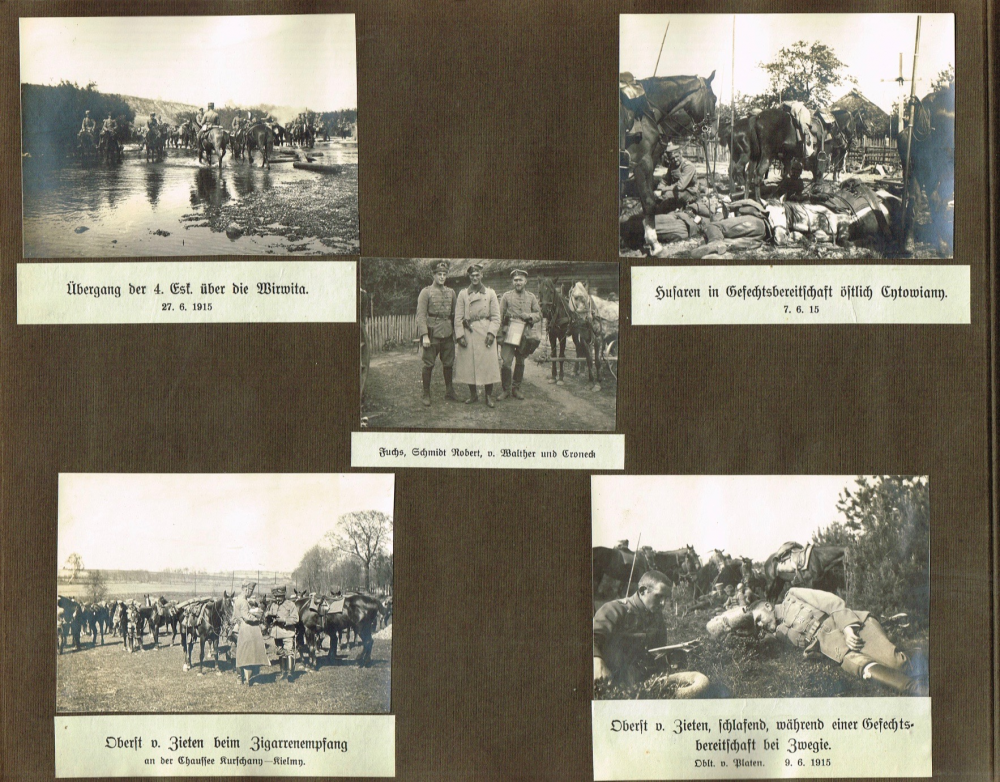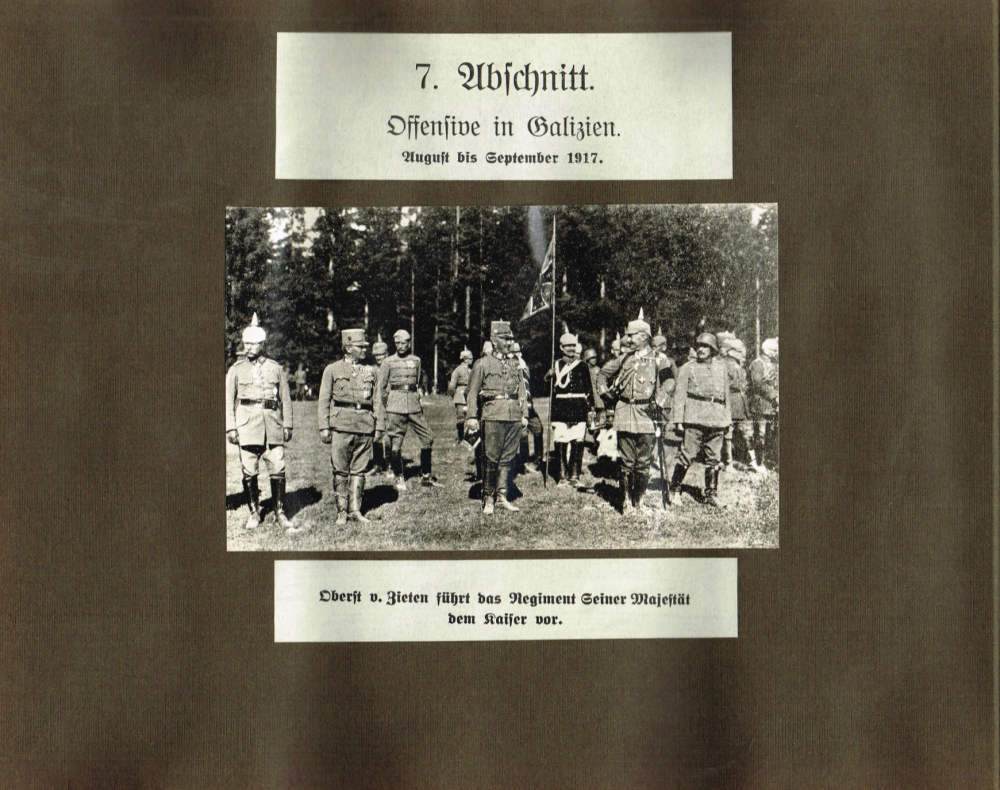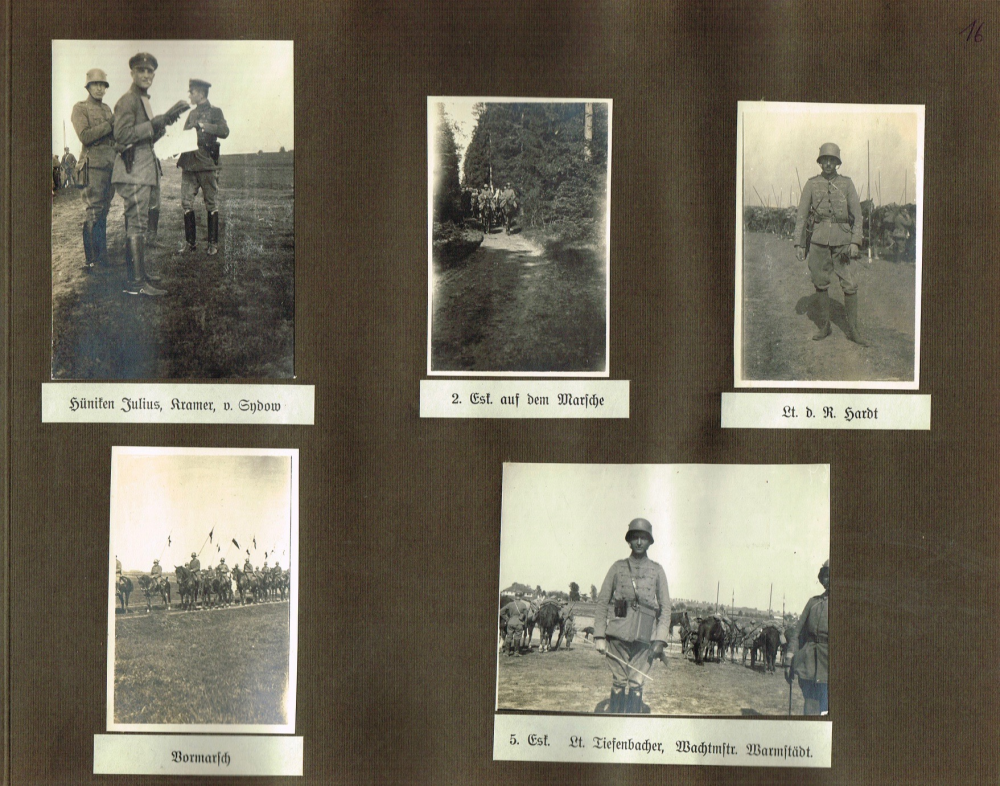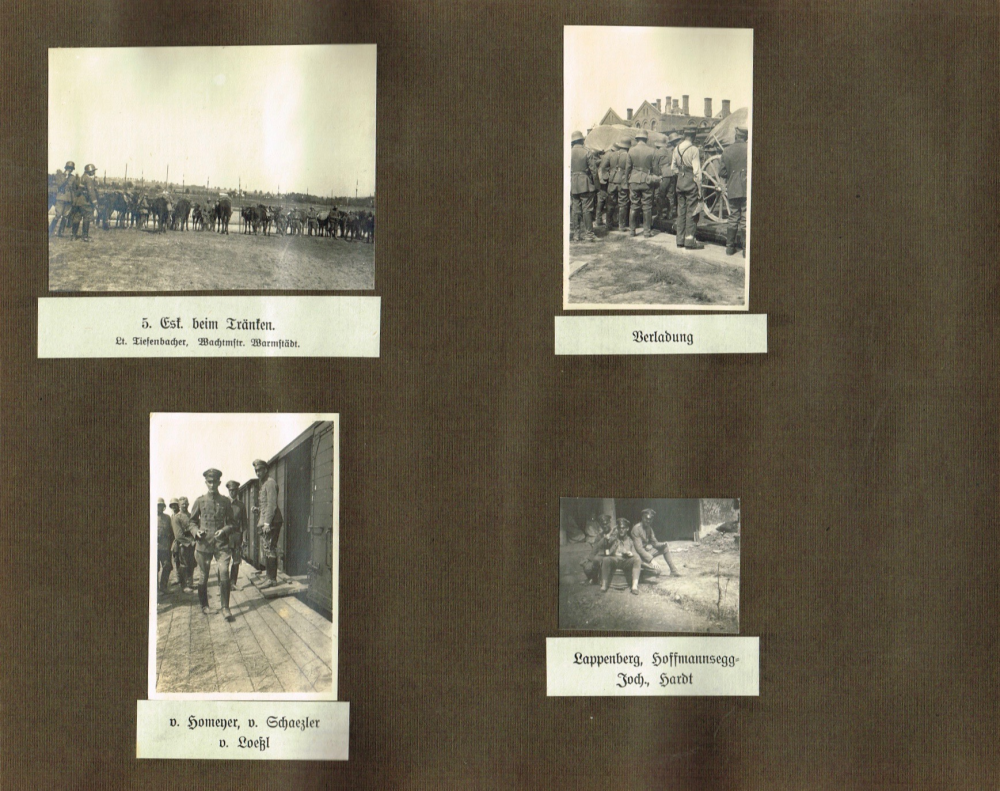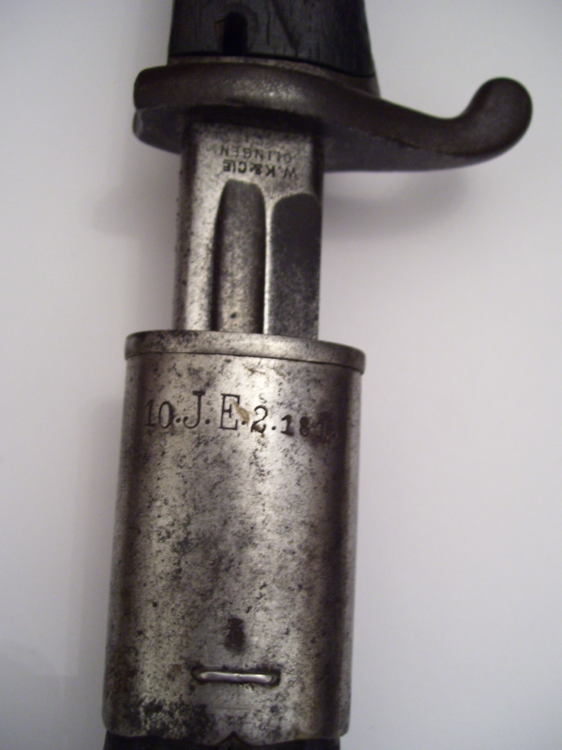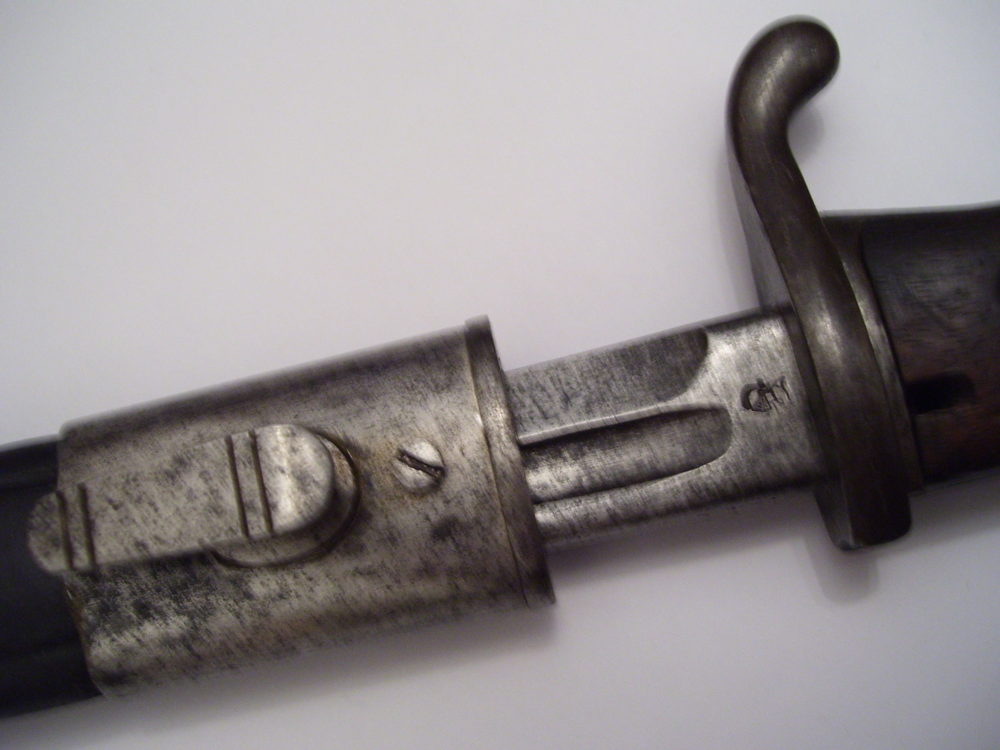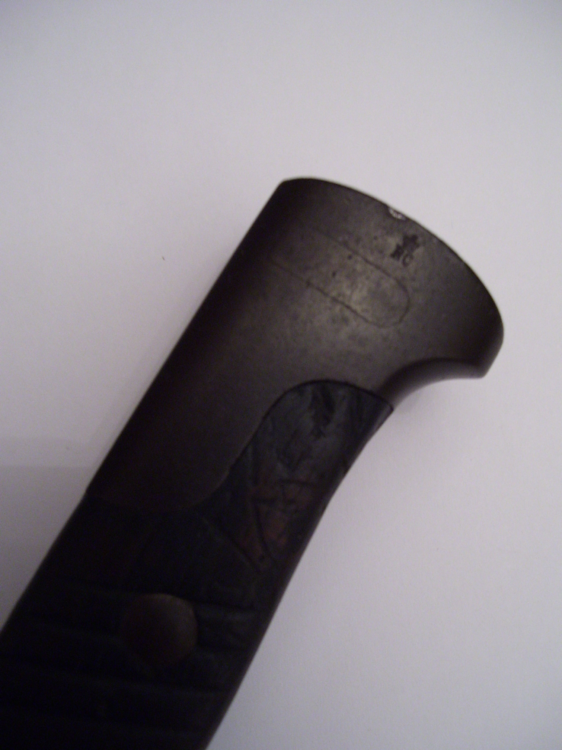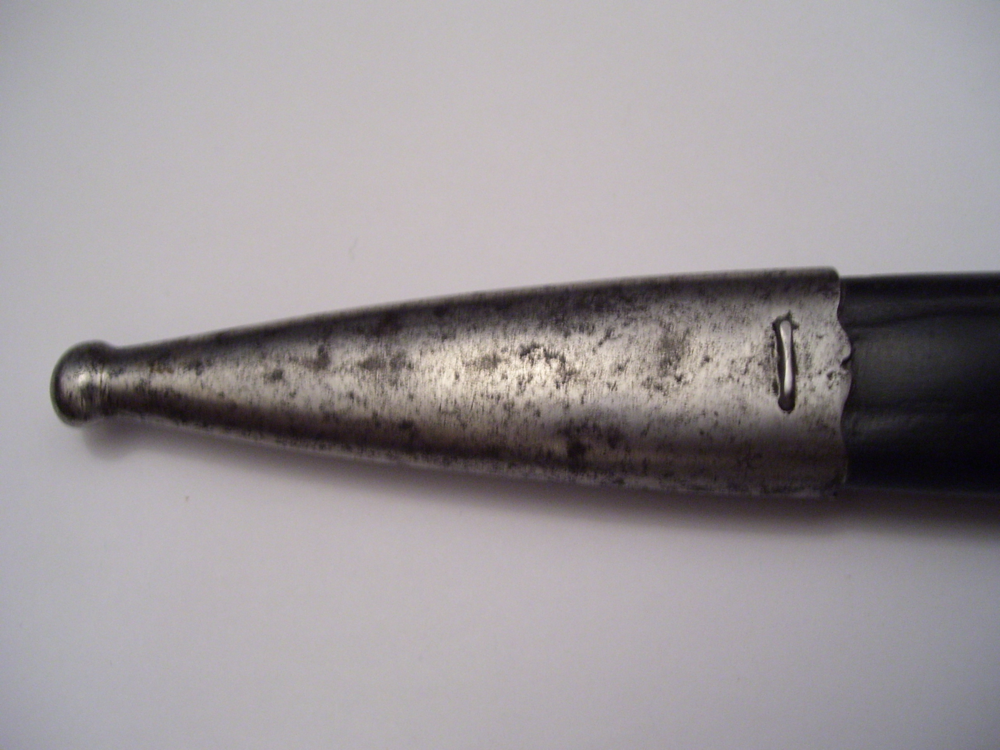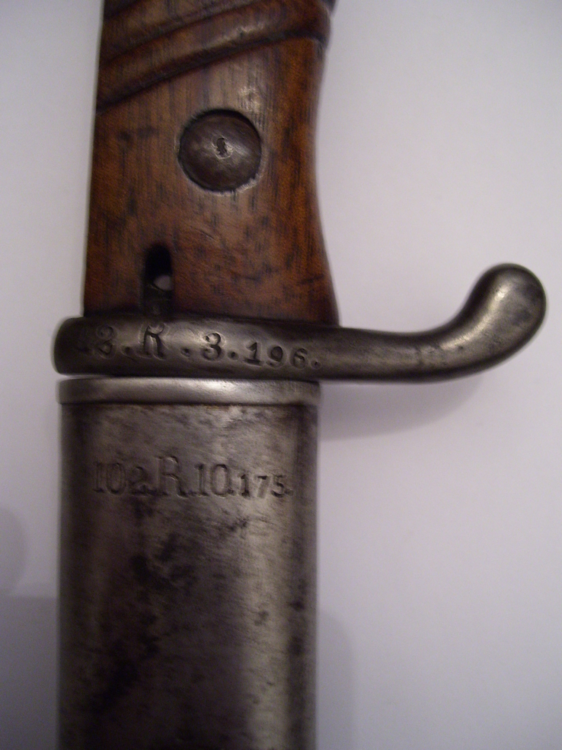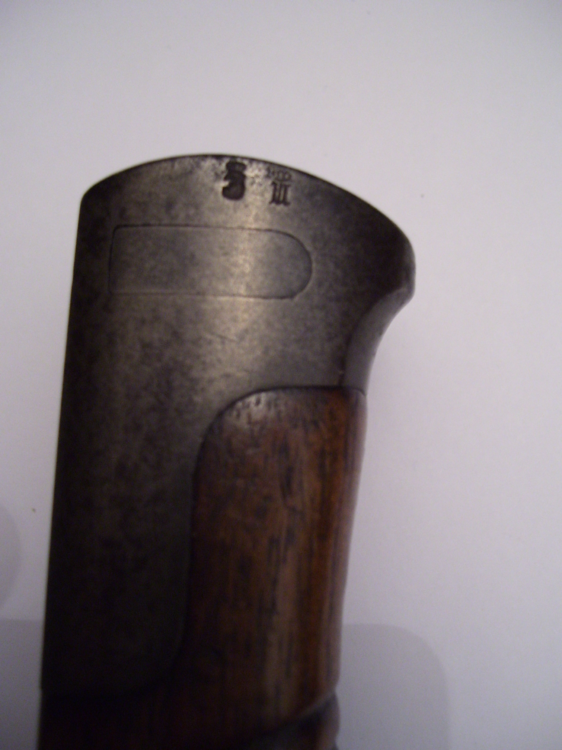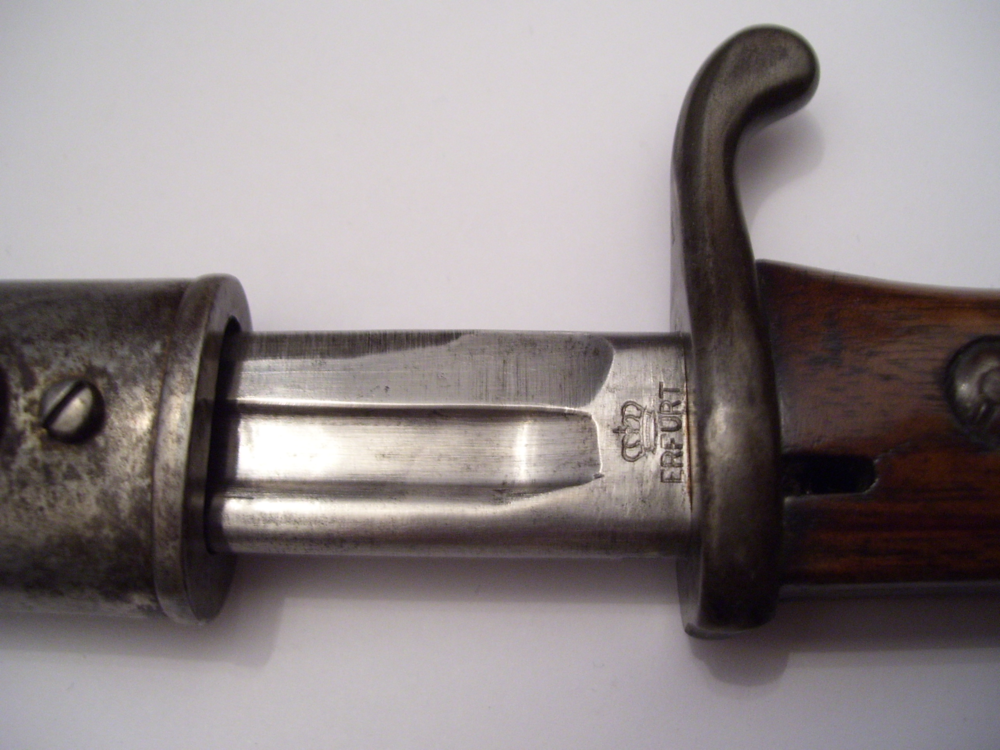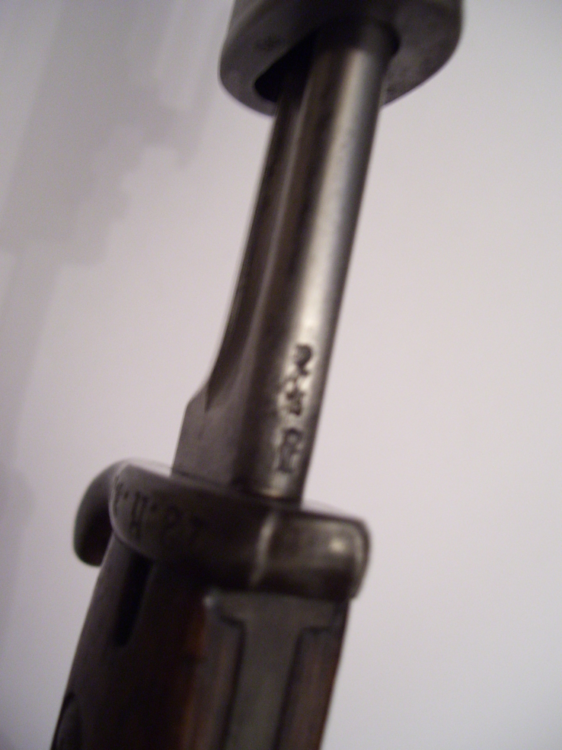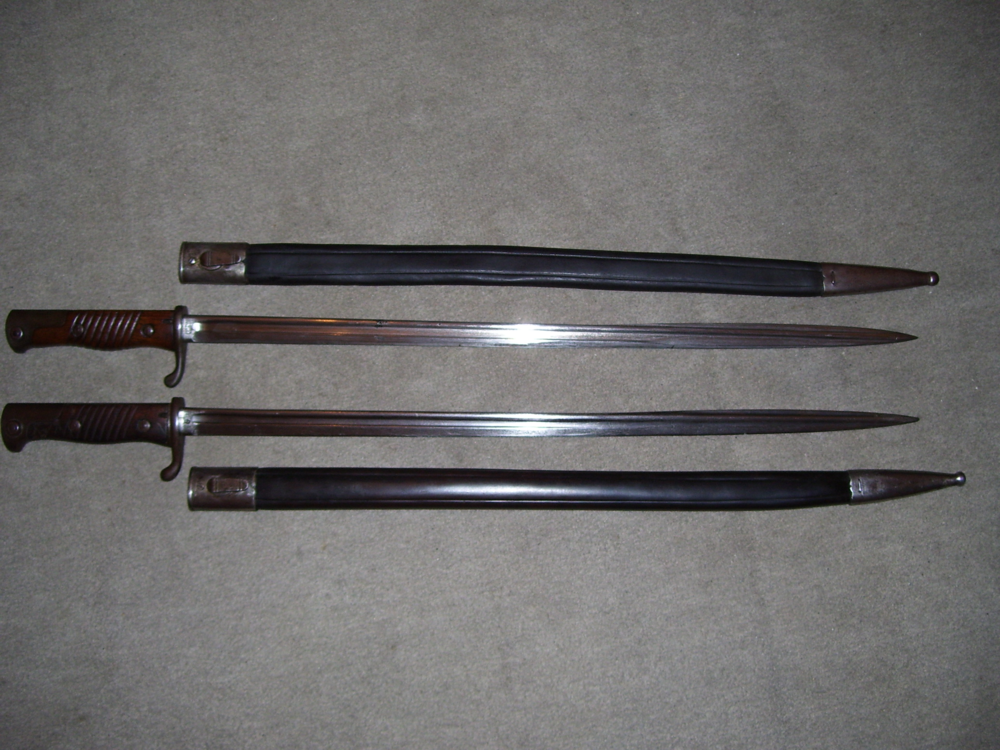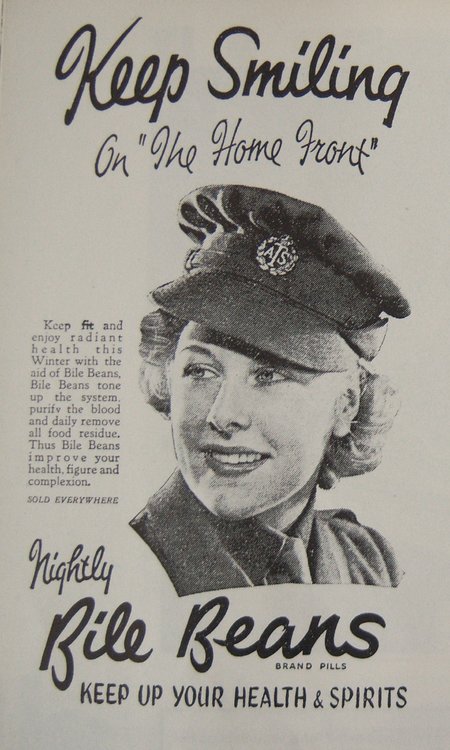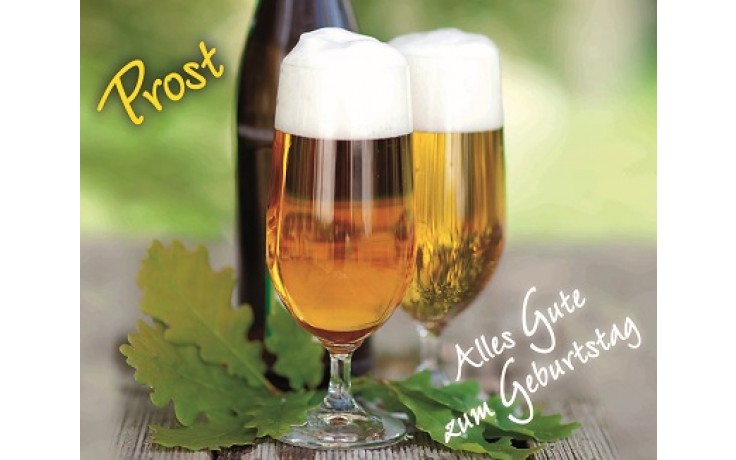Leaderboard
Popular Content
Showing content with the highest reputation on 16/04/18 in all areas
-
Many longed secretly for the End, then came the occupation.... A new condition of "automatic arrest" began.2 points
-
Discovered this amazing poster dating from November 1945. I couldn't believe it when I saw it, never seen anything like this before. This means that the wearing or possession of ski-caps or ski-cap type headdress for civilians or any other persons is illegal, and all households are obliged to surrender these items. Any person seen wearing such a headdress in public is liable to punishment by the military government, confiscation and court martial by the military authorities. There is also the claim that the number of caps already surrendered is insufficient and that the quote will have to be achieved, by whatever means. Poster issued by the Bürgermeister (who was installed by the Americans) of the city of Gütersloh (near Bielefeld) and enforced by the American military authorities, 3. November 19452 points
-
In all, 42 pages with photographs from the mobilisation in August 1914 till November 1918, this album belonged to Leutnant der Reserve Mutzenbecher. It is thought that several identical albums were produced and distributed among former officers of Husaren-Regiment 15, it is not known how many were made, rare, possibly the only surviving example. The Regiment was in the West, France and Belgium until 14. November, thereafter moved to the Eastern Front, where it remained till the end of the war, returning in February 1919. Better quality scans to be added at a later date (08.02.2021) 1 2 3 4 5 6 7 8 9 10 11 12 13 14 15 16 17 18 19 20 21 22 23 24 25 26 27 28 29 30 31 32 33 34 35 36 37 38 39 40 41 421 point
-
I recently found amoung my late grandfather's things, a full coloured poster measuring about 50 cm x 75 cm and entitled "Principal British Badges of Rank, Decorations & Medals". The lower right hand corner bears the following information "G.P.D. 365/18/33" It is in one piece but scarred from the many folding creases. Would anyone have any information about this poster and the significance of the info in the lower corner?? Thanks.1 point
-
Seitengewehr M.1898 lang, 1st and 2nd type. The first type had a wooden grip piece in one part. The second model had two separate grip halfs: The second type in this example has a scabbard tip which has been eaten away by corrosion along the top edge. The first type was produced till 1902, but breakages to the wooden grip occured. The new model was more practical. However, it had disadvantages in field service due to breakages of the long blade, production ceased by mid September 1914, and it was replaced by other types. The weapon was then withdrawn from service and either landed in depots or was issued to rear area units. On this second example the wooden grips have considerably darkened due to bad storage, corrosion staining the wood. ---------------------- Interesting scabbard markings, the bayonet itself lacks these interesting markings Makers Mark W.K.&Cie. Could be 10. Jäger or Jnfanterie Ersatz Btl., 2.Komp., weapon no.181 The knight's helmet logo to the other side Control stamp of Revisions-Commission under a crown. Some slight damage and darkening of woodwork, someone has carved their initials to both sides J.M., probably an English or American soldier. The scabbard tip after restoration.1 point
-
1 point
-
1 point
-
1 point
-
1797 - 1897 Dem erhabenen Begründer des neuen Deutschen Reiches - Festschrift der Stadt Berlin zum 22. März 1897 by Carl Gerstenberg For the hundredth birthday of the founder of the new German Empire Festival Script of 22. March 1897 - Kaiser Wilhelm I. This book was given to me from the library of the oldest German Church in the UK, which was founded at the beginning of the reign of George I. of Great Britain and Hannover. The book was presented to me by Pastor Dietrich Altmann, a native of Berlin around 1974. He didn't want so many old books in the collection. One book which however will remain, is the bible signed and presented by Kaiser Wilhelm II. to the church during one of his visits to London. Beneath the church is a vault dating from the early 18th Century and is filled with coffins dating from the beginning till the very last burial from around 1820, mostly in poor condition and disintegrating, the vault is very dry, which has preserved its contents to a reasonable degree. Also worth mentioning, is that some of the traditional church silver was stolen during the 70s, and this led to the church being closed during day hours. The church is in London Aldgate and although closed, remains under conservation and is freqently used for special occasions by the German community in London. There are more German churches in London and throughout the UK. The Geman Seamens Home near Aldgate also cooperated closely with this church, and was reopened after the war by Diakon Wolfgang W.1 point
-
A gravestone with an emblem, "Alter Adler", which I recently discovered, attracted my curiosity, and I realised this was something to do with the early days of aviation. I remember reading years ago about the postwar "Grey Eagles" association made up of surviving WW1 aviation veterans, such as von der Osten, Willi Gabriel, Bodenschatz, von Doering, von Conta, Wilhelm Allmenröder, etc., who attended an anual "Richthofen Dinner", originally presided over by Göring, and which was later revived in the years after the Second World War. The association was originally founded around 1927. I tried to google this and only found one page with limited information. This association had founder members such as Hugo Junkers, Claude Dornier, and other prominent members such as Elly Beinhorn, Gerhard Fieseler, and Hanna Reitsch, and was to maintain the tradition of early aviation in Germany and to further future aviation progress. Unfortunately, I could not find any information on the man mentioned on the gravestone, but judging by his birthdate, 1895, he must have definitely been a World War I veteran, and most certainly involved with aviation. See emblem and dates in photo. https://www.alteadler.de/1 point
-
Wer braucht die Piefkes? Popular TV series during the 90s, based on the traditional rivalry Germans/Austrians - a family from Berlin holidaying in Austria. All good fun, until some start to eck on. A "Piefke" ist the traditional Austrian "Schimpfwort" for a German - being originally Gottfried Piefke, a Prussian military music director and composer of German military marches. All just good fun, with some renowned actors. and another short clip... with a lot of Austrian dialect!1 point







